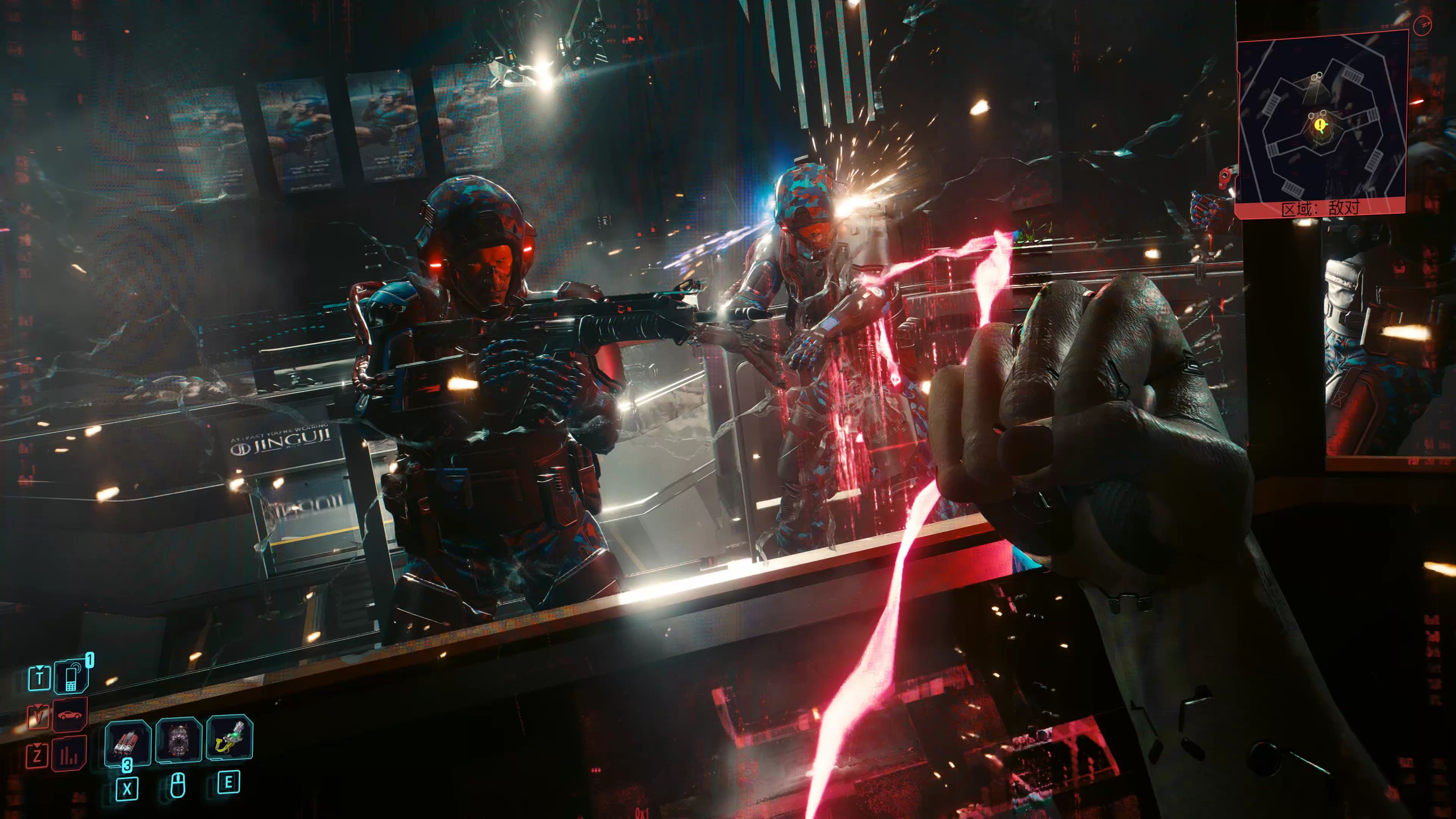Phasmophobia Score: The Anatomy of a Co-Op Horror Phenomenon
In the vast and ever-expanding universe of video games, few genres are as intensely personal and universally understood as horror. For decades, horror games have thrived on isolation, plunging a single player into a darkened room with only a screen and headphones, weaponizing solitude and the primal fear of the unknown. Then came Phasmophobia. Released in 2020 by Kinetic Games, this indie title did something radical: it made fear a team sport. It transformed the solitary, heart-pounding dread of traditional horror into a shared, chaotic, and often hilarious social experience. At the heart of this transformation lies its ingenious scoring system—a deceptively simple mechanic that is, in fact, the central nervous system of its co-op horror phenomenon.
Unlike many games where a high score is a mere badge of honor or a ladder rank, the score in Phasmophobia is intrinsically woven into the very fabric of its gameplay loop. It is the objective, the reward, and the ultimate measure of a team’s competence—or their spectacular failure. A mission begins not with a cinematic cutscene, but with a shopping list. Teams of up to four “ghost hunters” must invest their hard-earned cash from previous jobs into equipment: EMF readers, spirit boxes, UV lights, and crucifixes. This immediate economic stake personalizes the risk. Failure isn’t just a game over screen; it’s bankruptcy. If you die, you lose the equipment you brought in. This financial layer elevates the score from abstract points to a tangible currency of survival and progression.
The process of securing a high score is a masterclass in cooperative design. The goal is to identify the type of ghost haunting a location—a deserted farmhouse, a foggy campground, a sprawling asylum—by gathering three pieces of evidence. This is where the score system brilliantly mandates teamwork. No single player can do it all. One might be the designated photographer, risking a close-up for a photo bonus while the ghost is active. Another might be the tech expert, monitoring the van’s CCTV and sensor grid, acting as the team’s disembodied “mission control.” Another must be the brave soul who taunts the ghost to trigger a supernatural event or a hunt, all for the valuable “Ghost Event” or “Hunt Photo” objectives.
Each successful action feeds into the final score. Identifying the ghost type is the primary payout, but the secondary objectives are where the real money—and the real drama—is found. Did you correctly identify the ghost’s secondary behavior? Did you take a photo of the ghost? Did you escape a hunt? Did you use a crucifix to prevent a hunt? Each checkbox ticked adds a multiplier to the base reward. This system creates a constant, tense risk-reward calculation. Do we stay to get that perfect photo of the ghost, knowing the sanity levels are plummeting and a hunt is imminent? Or do we take the identification and run, saving our skins but leaving money on the table? This shared, deliberated risk is the crucible in which legendary gaming moments are forged. The score becomes a narrative in itself, telling the story of a cautious, professional investigation or a reckless, disaster-filled escapade.
Furthermore, the score directly fuels the game’s meta-progression. Money buys better gear, which allows for tackling harder difficulties on more terrifying maps, which in turn yields higher rewards. This satisfying loop gives purpose to the scares. But the true genius is that the progression never diminishes the fear. A top-tier thermal camera doesn’t make the ghost less terrifying; it just makes you a more valuable target. The fear evolves from the unknown (“What is it?”) to the known (“It’s a Thaye, and it gets faster as we’re here!”), but it never dissipates.

Perhaps the most significant impact of the Phasmophobia score is how it shapes player behavior and communication, the bedrock of any co-op experience. The drive to maximize the score forces constant, frantic communication. The van player relays sanity percentages. The inside crew screams for help locating a fingerprint. The group debates the ghost’s type based on its behavior. In this chaos, the score system is the anchor of objectivity. It cuts through the panic with clear goals: “We need an interaction photo!” “Someone has to smudge it!” This structured collaboration amidst unstructured horror is the game’s magic bullet. It transforms pure terror into a manageable, almost tactical puzzle. The shared trauma of a narrow escape or a foolish death bonds the team, and the resulting score is their collective medal—or their collective pink slip.
The game’s explosive popularity on platforms like Twitch and YouTube is a direct testament to the power of this system. Viewers aren’t just watching people get scared; they are watching a team strive for a goal. They revel in the miscommunications that lead to a teammate being locked out of the house during a hunt, they cheer when a risky photo objective is secured, and they laugh at the financial ruin that follows a total party wipe. The score provides a framework for these stories, making them relatable and thrilling for an audience.
In conclusion, Phasmophobia’s scoring system is far more than a points counter. It is the fundamental architecture of its success as a co-op horror phenomenon. It masterfully blends economic stakes with cooperative mechanics, incentivizes communication and role specialization, and creates an endless loop of risk, reward, and progression. It proves that fear, when shared and given a quantifiable goal, becomes not just an emotion to be endured, but a challenge to be overcome together. By making the score the central pillar of its design, Phasmophobia didn’t just create a scary game; it created a digital campfire around which friends gather to tell their own terrifying, unforgettable stories.














